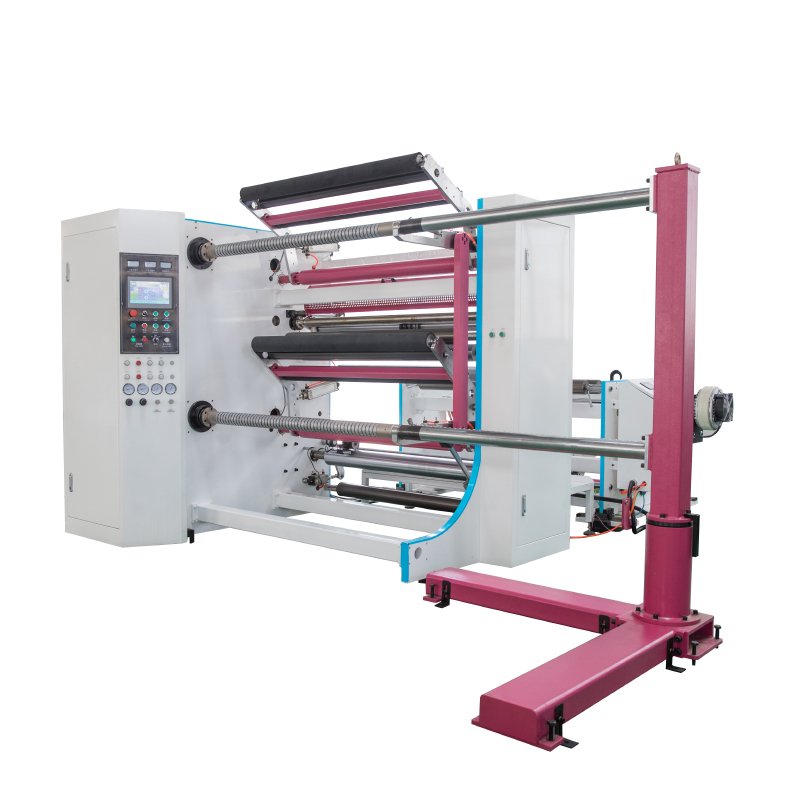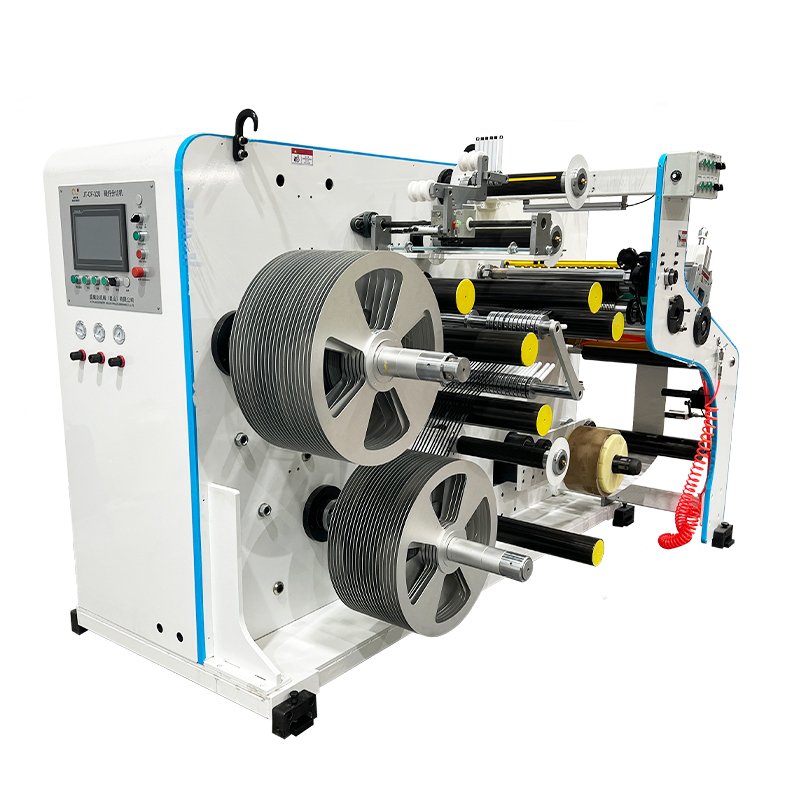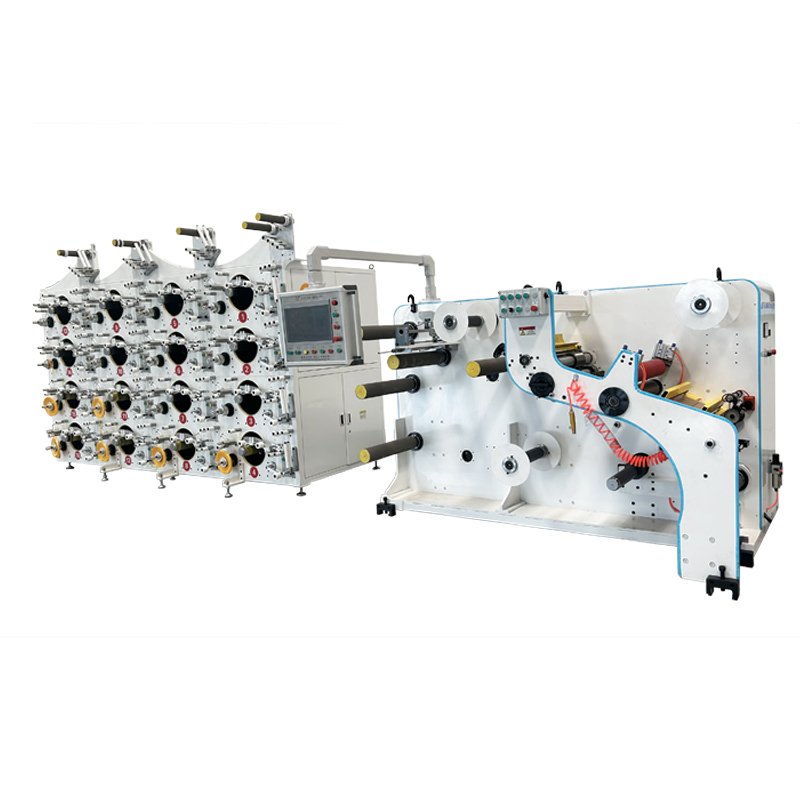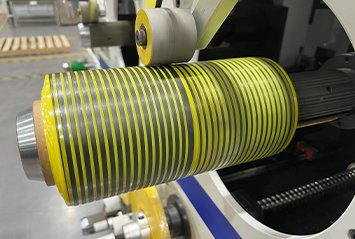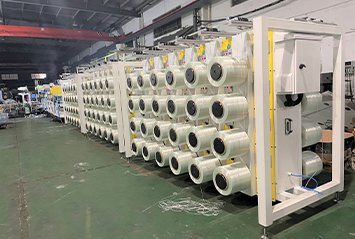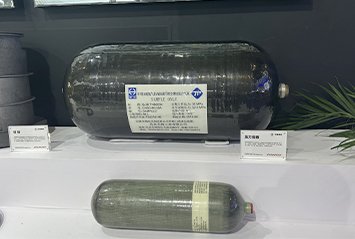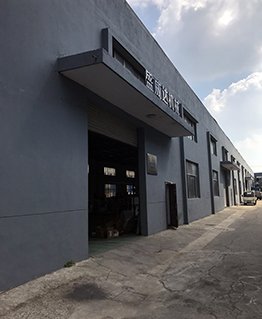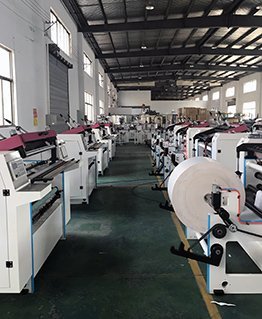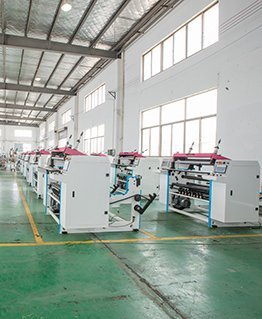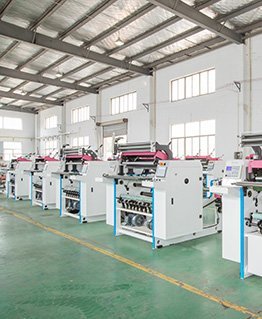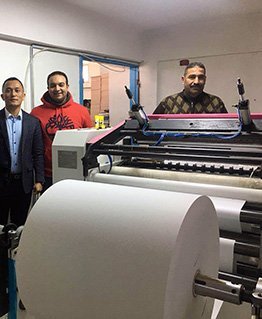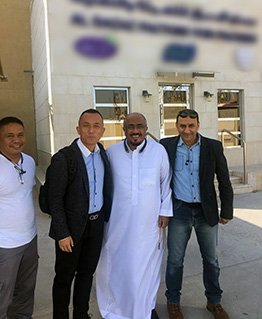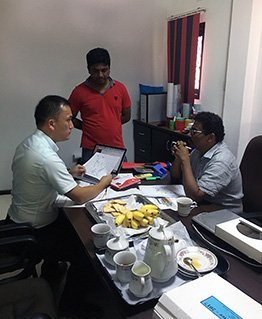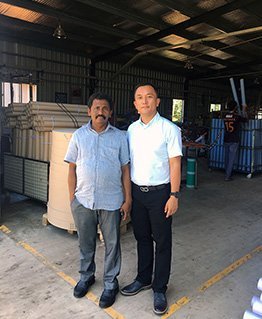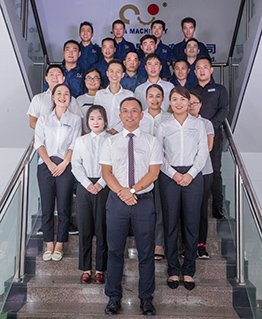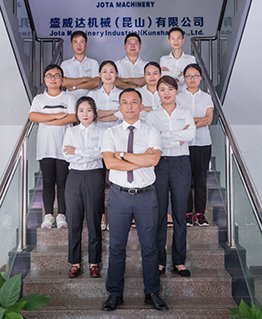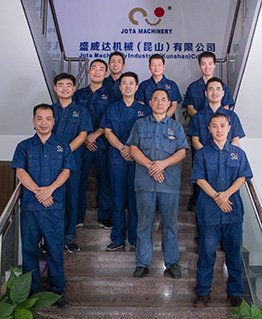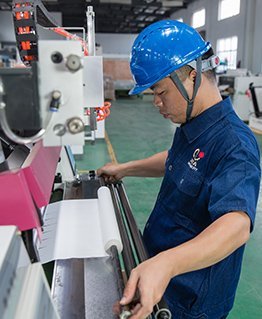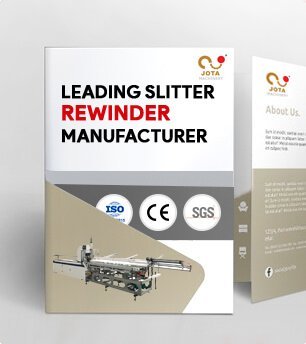Carbon Fiber Prepreg Machine Manufacturer
- Working for producing thermoplastic carbon fiber uni-directional tape
- Effective UD tape width : 300mm
- Resin: PA/PPS/PEEK/PC
- Carbon fiber content : 50%-60%
Jota CFRP CFRTP Hot Melt Prepreg Machine
Our prepreg machine is ideal machines for producing thermoplastic UD tape and thermoset prepreg.
High-strength fibers including carbon fiber, glass fiber, basalt fiber, and aramid fiber, serve as reinforcing media during processes like extrusion, calendaring by hot-melt process to produce the innovative continuous fiber-reinforced composite materials.
If you are looking for prepreg machines, please send us an inquiry on this website.
CFRP CFRTP Prepreg Conversation
Jota Machinery: Your Reliable CFRTP CFRP Prepreg Machine Manufacturer in China
Jota is the original CFRTP CFRP prepreg machine manufacturer here in China.
With our own factory and CNC center, equipment quality could be effectively guaranteed.
Please send us an inquiry to make a WhatsApp video call, let’s show you our real-time factory and CNC center.
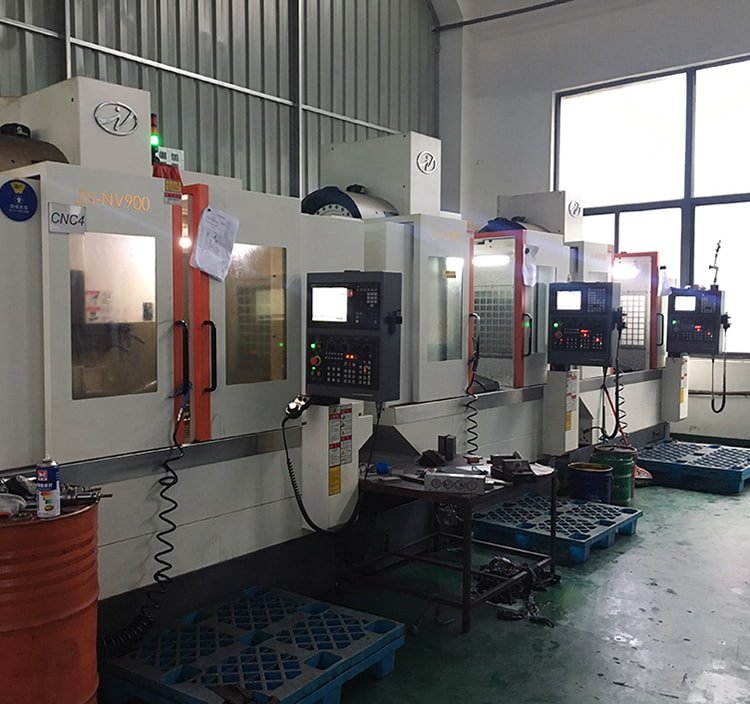
Jota CNC Center
Prepreg for Automated Fiber Placement
- Narrow prepreg width such as 1/8”,1/4”,1/2”1”
- High precision and efficiency for aviation layup
- Traverse spooling with liner PE film
- Bobbin traverse with Individual tension control
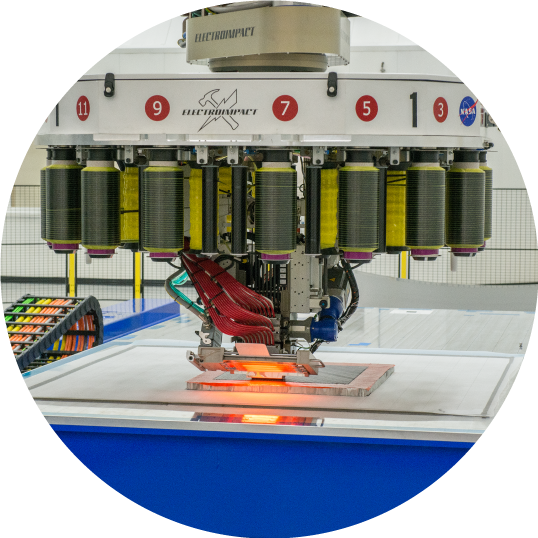
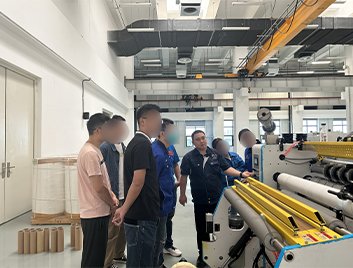
Installation and operation user manual, wire connection diagram, tension controller guide.
100% Response for offline training
One-on-one remote video call assistance.
On-site installation and operation guidance.
- Focus Factory
- Dear Customer
- Professional Team
Around 30-45 days, mainly depends on machine type.
Sure, it is our honor to work for you.
We will offer you some parts as backup, in case any part is broken within one year, we will sent you for free.
Sure, if we have client in your country, we will offer.
CFRT Thermoplastic Carbon Fiber UD Prepreg Machine
In recent years, in the automotive industry, continuous fiber-reinforced thermoplastic composites materials such as CFRTP and GFRTP have garnered significant attention.
Whether it’s thermoplastic or thermosetting status, both are manufactured using a prepreg machine.
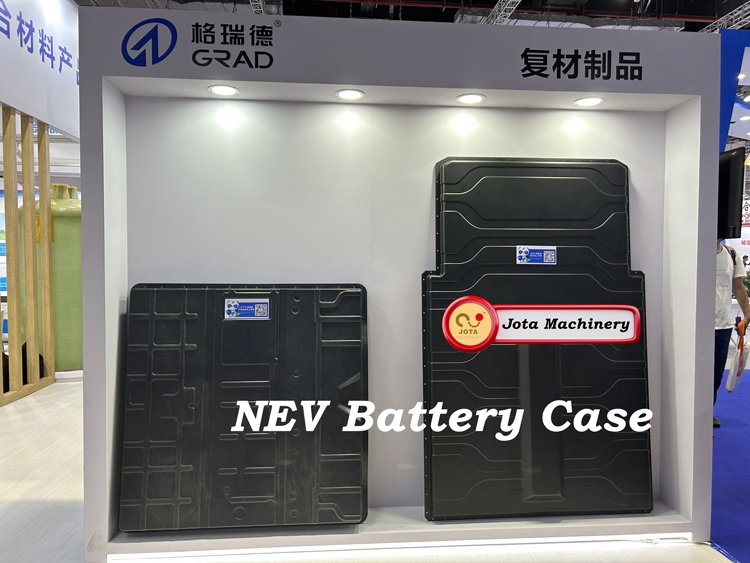
Fiber reinforced uni-directional tape is now emerging as one of the preferred solutions for lightweighting and high-strength applications in vehicles like HV (hybrid), PHV (plug-in hybrid), EV (electric vehicles), and FCV (hydrogen fuel cell vehicles).
One of the primary reasons for this is the difference in molding cycles between continuous fiber thermoplastic resins and thermoset resins like CFRP and GFRP, with the former allowing rapid molding in as little as 60 seconds.
Continuous fibers refer to fibers made from materials such as carbon or glass that are continuous in length, as opposed to short or long fibers.
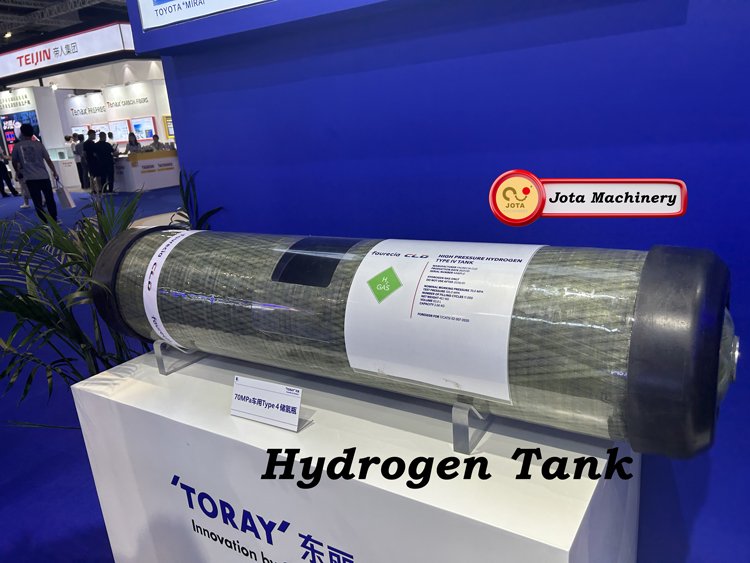
The longer the fiber length, the more outstanding its high-strength and high-rigidity performance.
Carbon fiber (CF) is produced from materials such as polyacrylonitrile, asphalt, and adhesive through processes like pre-oxidation, carbonization, or graphitization.
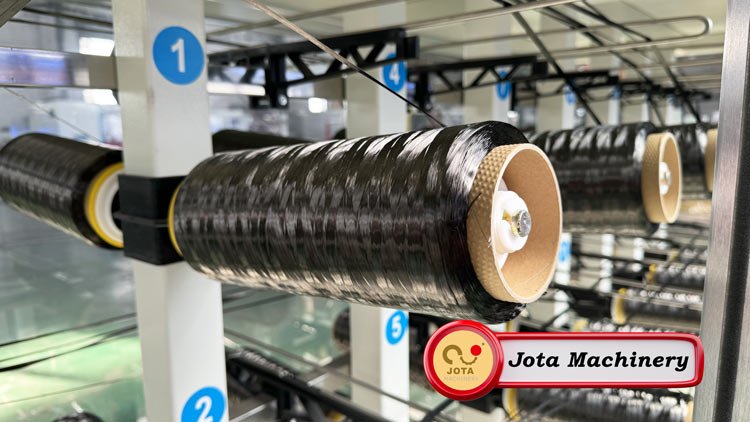
It boasts advantages including lightweight, high strength, high modulus, heat resistance, corrosion resistance, and excellent thermal and electrical conductivity.
Typically, carbon fiber is used as a reinforcing material and is combined with various types of resins, primarily categorized into thermoplastic and thermoset composite materials.
Previously, thermoset resins were predominantly used as the matrix to create carbon fiber composite materials, which excelled in terms of strength, heat resistance, and chemical resistance.
However, they were unsuitable for repetitive processing, had slower molding speeds, and posed environmental pollution concerns, contradicting the environmental trends.
Hence, attention shifted towards carbon fiber-reinforced thermoplastic composite materials.
Carbon fiber composite materials consist of carbon fiber tow (3K/12K/24K/48K) as reinforced material and a resin matrix. The role of the resin matrix is to bond the carbon fiber tow together.
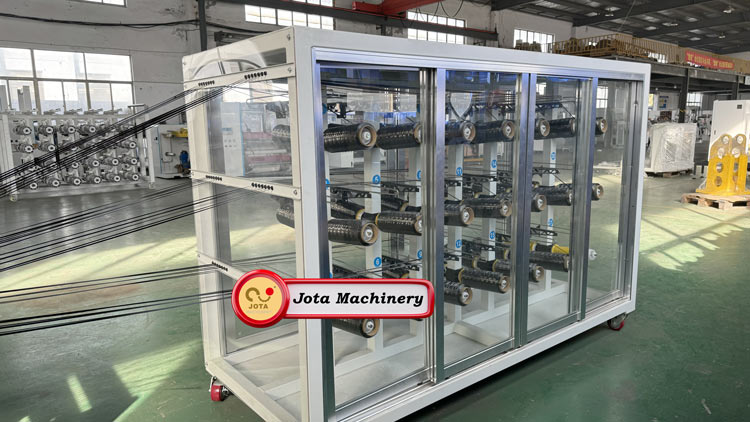
Continuous fiber-reinforced composite materials refer to reinforced materials formed by combining a resin matrix with continuous fibers and can be classified as thermoplastic and thermoset composite materials.
Definition of thermosetting and thermoplastic
Thermosetting plastics: These plastics soften and flow upon the first heating, and upon reaching a certain temperature, they undergo a chemical reaction to cross-link and harden.
This change is irreversible, meaning that upon subsequent heating, they cannot be softened and made to flow again.
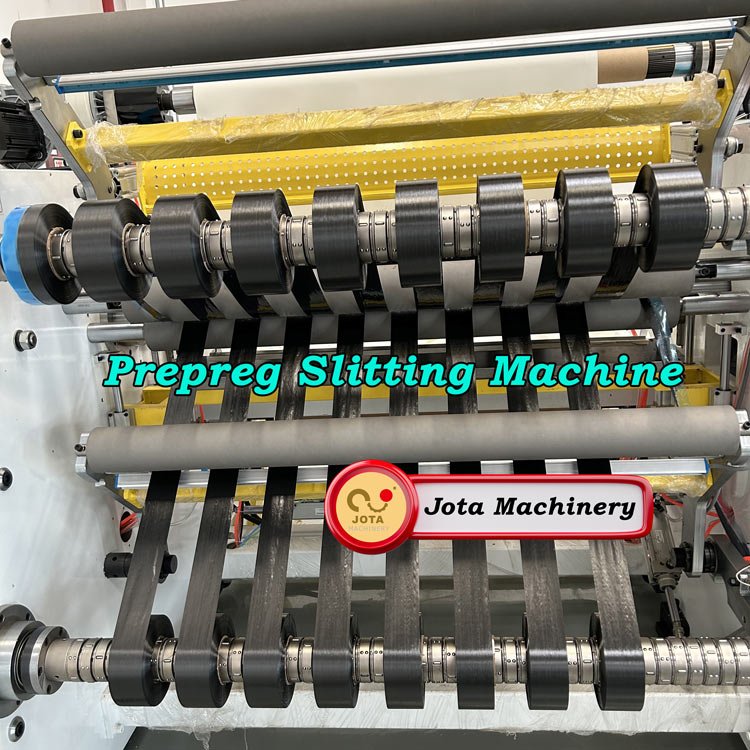
This characteristic is used in the shaping process, utilizing the plastic flow during the first heating under pressure to fill the mold cavity and solidify into products with defined shapes and dimensions.
Common thermosetting plastics include phenolic plastics, epoxy plastics, amino plastics, unsaturated polyesters, and alkyd plastics, among others.
Thermoplastic plastics: These are composed primarily of thermoplastic resins and various additives, formulated into plastic materials.
Under certain temperature conditions, thermoplastic materials can soften or melt into any desired shape, and once cooled, they maintain their shape.
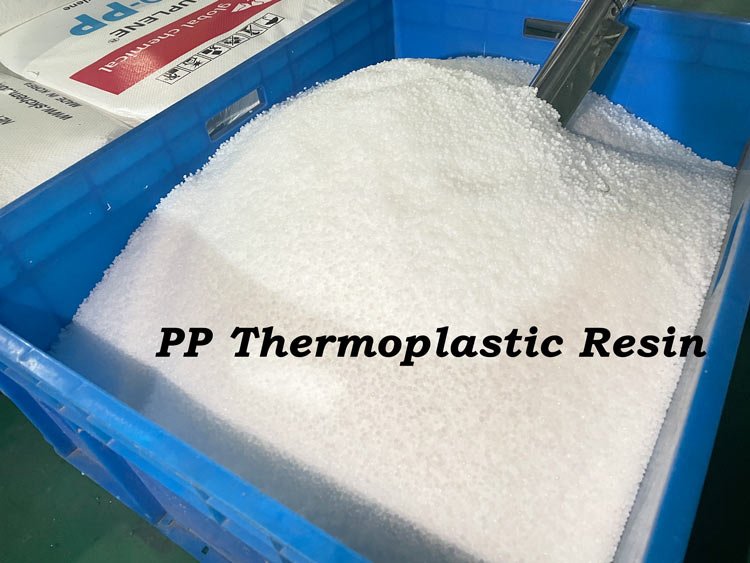
This state can be repeatedly changed and remains malleable, and such changes are purely a result of physical alterations.
Common thermoplastic plastics include polyolefins, cellulose-based materials, polyether-polyester materials, and aromatic heterocyclic polymers, among others.
In the impregnation manufacturing process, thermoplastic carbon fiber composites undergo crystallization and glass transition, while thermoset carbon fiber composites undergo cross-linking and curing reactions.
Although thermoplastic carbon fiber composites are more challenging to impregnate during the manufacturing process compared to thermoset composites.
They offer advantages such as shorter molding cycles, excellent impact resistance, weldability, the potential for secondary shaping, and a high degree of design freedom.
Thermoset carbon fiber prepreg manufacturing process
Carbon fiber prepreg is a mixture of carbon fibers and a resin matrix formed through resin impregnation under specific process conditions.
It is a primary material used for manufacturing advanced composite structural components.
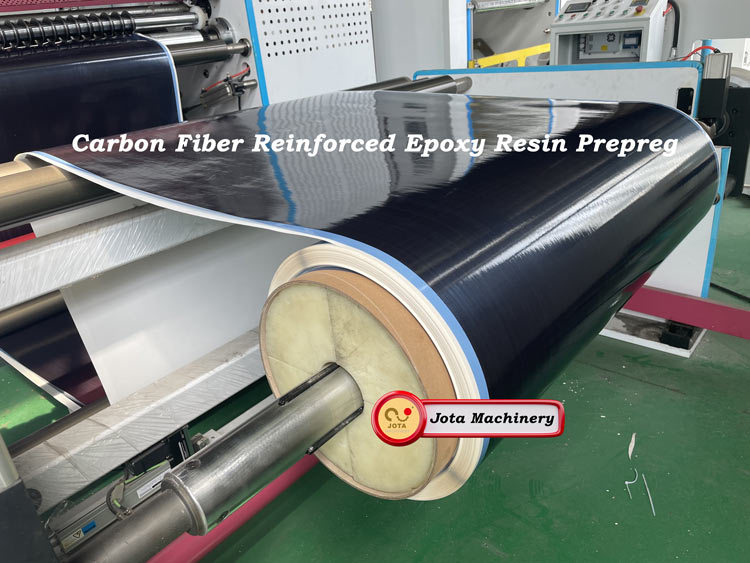
As a fiber-reinforced resin base material, carbon fiber prepregs can be cured and molded under high-temperature and pressure conditions, resulting in high-strength, lightweight composite structural components.
There are two main production methods for carbon fiber prepregs: one involves directly heating the resin to lower its viscosity for even distribution between the fibers, known as the hot melt method.
The other method involves dissolving the resin in a solvent to reduce its viscosity, and the solvent is then evaporated after the fibers are impregnated with the resin, known as the solution impregnation method.
The commonly used hot melt method for carbon fiber prepregs can be further classified into one-step and two-step processes.
In the two-step process, the first step involves heating epoxy resin and applying it onto release paper, which is then rolled into a resin film.
Once the film is rolled, it is placed onto the complex machinery.
The resin film, along with unidirectional carbon fibers or woven fabric, as well as the first layer of PE film and the bottom layer of release paper, goes through a series of processes, including continuous hot pressing, cooling, and trimming, to produce prepregs.
Hot Melt Process: Also known as the resin film transfer method, both fabric and unidirectional prepregs can be produced using the hot melt process.
The process consists of two working steps.
The first step includes applying a thin film of heated resin onto a paper substrate.
The reinforcement material and the resin interact within the prepreg machine.
After applying pressure and heat, the resin infiltrates the fibers, resulting in the final prepreg, which is then wound around a paper core.
Solvent Impregnation Process: The solvent impregnation method can only be used to produce fabric prepregs.
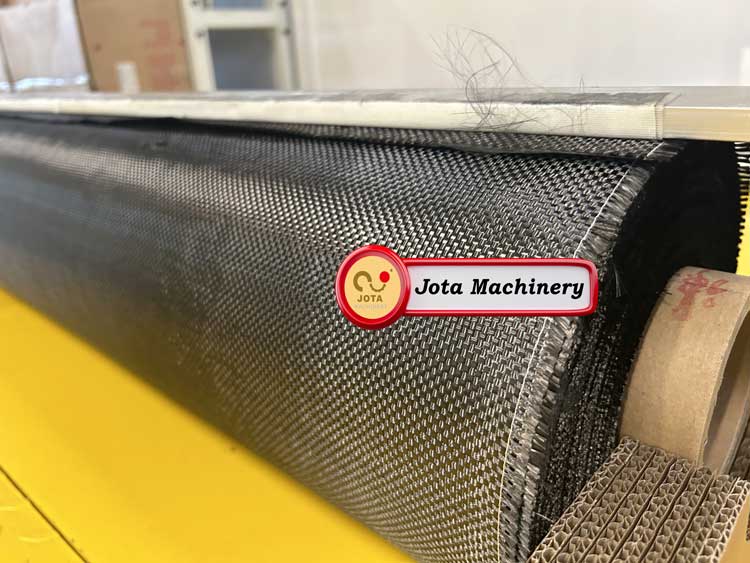
This method involves dissolving the resin in a solvent bath and immersing the reinforcement fabric in the resin solution.
The solvent is then evaporated from the prepreg blank using a drying oven.
Carbon fiber prepregs are primarily composed of two main components: carbon fibers and a resin matrix.
Based on the carbon fiber reinforcement method, carbon fiber prepregs can be classified into unidirectional reinforcement and multidirectional reinforcement.
Based on the carbon fiber weaving pattern, carbon fiber fabrics can be categorized into woven, knitted, and non-woven fabrics.
Among woven fabrics, patterns such as plain weave, twill weave, and satin weave can be identified based on the interlacing pattern of warp and weft fibers.
In terms of physical state, prepregs can be classified into unidirectional prepregs, unidirectional fabric prepregs, and fabric prepregs.
Based on the resin matrix, they can be categorized into thermosetting resin prepregs and thermoplastic resin prepregs.
Depending on the reinforcement material, they can be divided into carbon fiber (fabric) prepregs, glass fiber (fabric) prepregs, aramid (fabric) prepregs.
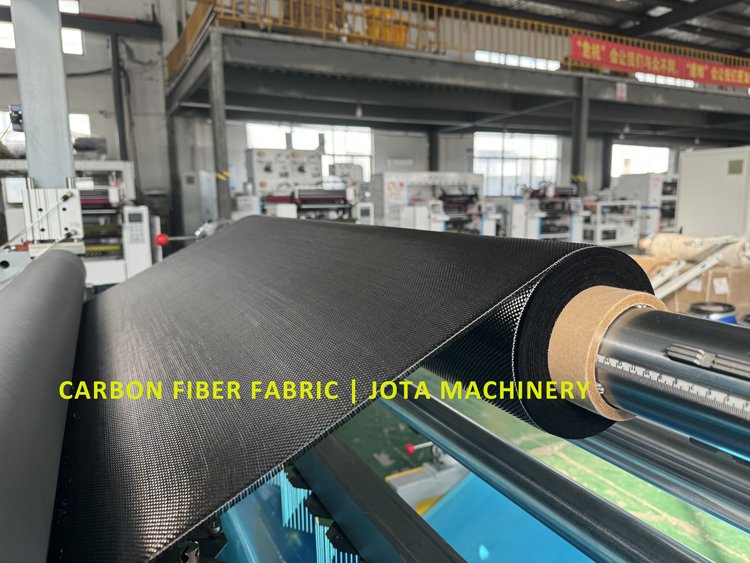
Based on fiber length, they can be classified as short fiber (less than 4176mm), long fiber (1217mm), and continuous fiber prepregs.
According to the curing temperature, they can be grouped into medium-temperature curing (120°C) prepregs, high-temperature curing (180°C) prepregs, and prepregs with curing temperatures exceeding 200°C.
Thermosetting uni-directional(UD) prepregs are often used in processes such as automated fiber placement, autoclaving, hydrogen tank filament winding and press molding.
Thermoplastic prepreg manufacturing process
Continuous fiber-reinforced thermoplastic composites, known for their lightweight, high rigidity, and toughness, find wide-ranging applications in several sectors.
These CFRT materials utilize continuous fibers as the reinforcement and thermoplastic resin as the matrix, manufactured through the process of resin melt impregnation to create high-strength, high-rigidity, and high-toughness composites.
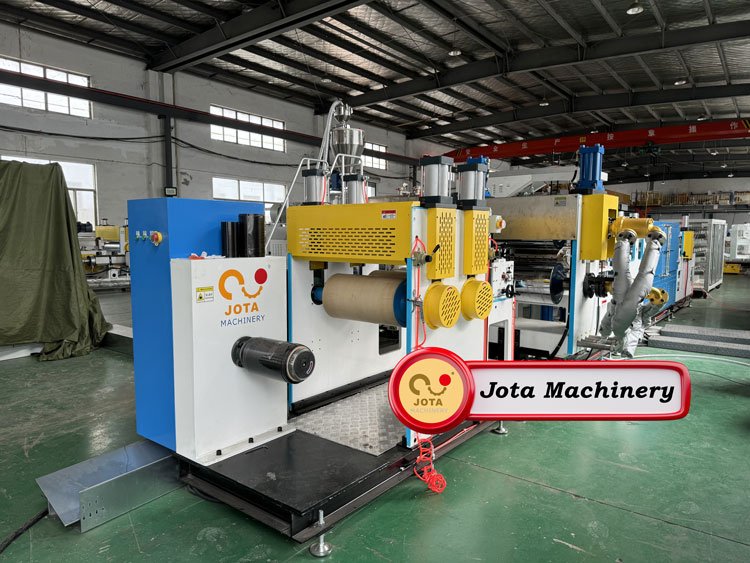
Various reinforcement materials and resin matrices can be used according to product performance and molding requirements, ranging from unidirectional to fabric reinforcements.
Thermoplastic carbon fiber composites come in different forms, including powdered carbon fiber, chopped carbon fiber, unidirectional continuous carbon fiber, and fabric-reinforced carbon fiber, with continuous carbon fiber-reinforced composites offering superior performance advantages.
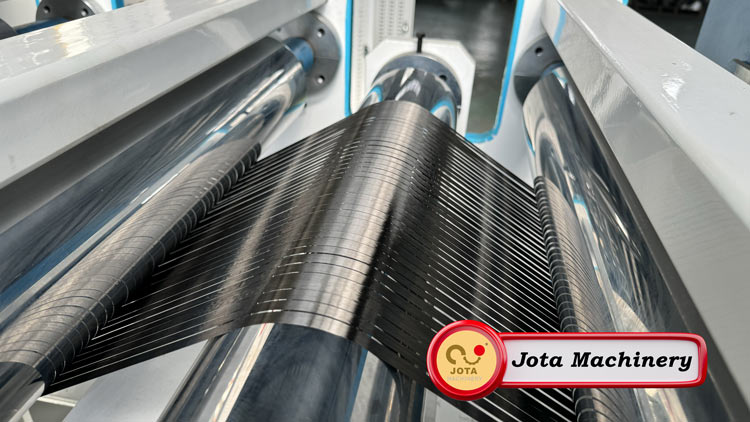
Longer fibers in these composites absorb more external loading energy during the pull-out process, thereby enhancing the overall strength of the composites.
In China, injection molding processes primarily utilize powdered or chopped carbon fiber reinforcements, but components manufactured with carbon fiber-reinforced thermoplastic composites have advantages such as low density, high strength, good toughness, and recyclability, making them highly promising for applications in aerospace, national defense, high-end machinery, medical, and other industries.
While short and long fiber thermoplastic composites dominate the market, the international market for continuous fiber-reinforced thermoplastic composites continues to experience rapid growth due to the unique characteristics of continuous fibers.
Various unidirectional tape manufacturers also consider continuous fiber-reinforced thermoplastic composites as a key area for development.
The process of making prepregs for continuous carbon fiber thermoplastic composites involves a crucial step known as “yarn spreading.”
This step is essential because thermoplastic resins exhibit high viscosity at elevated temperatures, making it challenging for the resin matrix to completely impregnate the carbon fiber tow when the fiber line density is high.
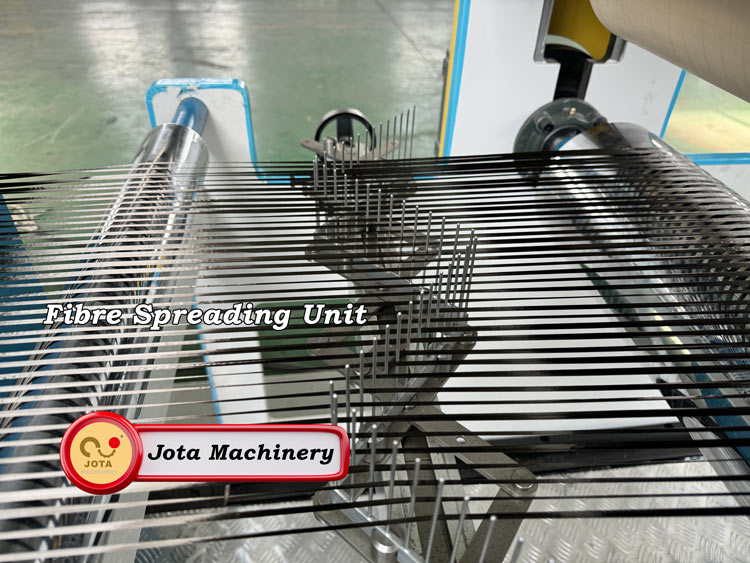
Insufficient impregnation can result in non-uniform distribution of the matrix material and the formation of voids, ultimately affecting the performance of the prepreg.
Wider yarn tow widths and thinner thicknesses help improve the uniformity of thermoplastic resin penetration.
Yarn spreading methods include mechanical spreading, air flow spreading, and ultrasonic spreading, and a combination of various methods can be employed.
Mechanical yarn spreading is a process in which tensioned fiber bundles undergo lateral displacement and reduction in thickness, while their width increases due to pressure applied during passage through yarn spreading rollers, achieved through extrusion and friction methods.
Airflow yarn spreading involves the injection of compressed air onto the surface of the fiber bundles, causing them to bend and widen without direct contact with the fibers. This method offers broader applicability.
Ultrasonic yarn spreading utilizes the ultrasonic cavitation effect to impact the fiber bundles, achieving the goal of widening.
In the preparation of continuous carbon fiber-reinforced thermoplastic prepregs, temperature, pressure, and the resin-to-reinforcement ratio are crucial factors.
The hot melt ud impregnation process is typically the preferred approach for making such prepregs as it not only saves materials and reduces environmental pollution but also allows for precise control of the resin matrix’s mass fraction.
During the preparation process, appropriate temperature and pressure conditions enhance the flowability of thermoplastic resin, ensuring effective impregnation.
Additionally, achieving uniform distribution between the resin matrix and carbon fibers is crucial to ensure the effective transmission of external loads to the carbon fibers, thereby enhancing the tensile strength of the prepreg.
Thermoplastic polyimide is a new generation of high-performance engineering plastic that inherits the high strength, high-temperature resistance, chemical corrosion resistance, good dielectric properties, and radiation resistance of traditional thermosetting polyimides.
It also exhibits advantages in terms of toughness and thermal processing, especially when carbon fibers are introduced.
The addition of carbon fibers significantly enhances the mechanical properties of thermoplastic polyimide, with material’s tensile and flexural strength approximately 2-3 times that of pure resin when the carbon fiber content reaches 30%.
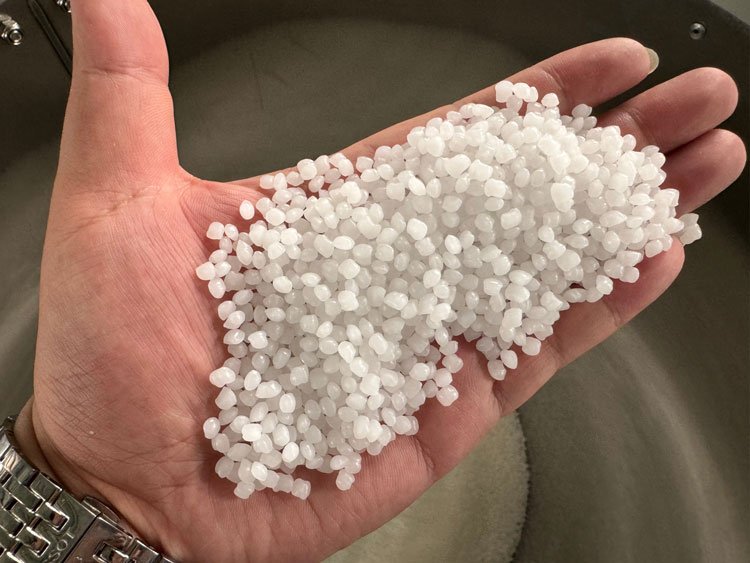
This reinforcement method imparts superior heat resistance and mechanical performance to thermoplastic polyimide, making it an even higher-grade high-performance material.
Thermoset vs Thermoplastic
As the market expands, thermoset resin-based carbon fiber composites, also called carbon fiber prepreg are gradually revealing their limitations and cannot fully meet the demands of high-end applications.
Consequently, thermoplastic resin-based carbon fiber composites are gaining prominence and becoming an emerging force in advanced composite materials.
The rapid development of domestic carbon fiber technology has led to the extensive application of thermoplastic carbon fiber composites in various fields, including automotive, aerospace, defense, electronics, with significant market potential.
Both thermosetting and thermoplastic plastics have their advantages and disadvantages.
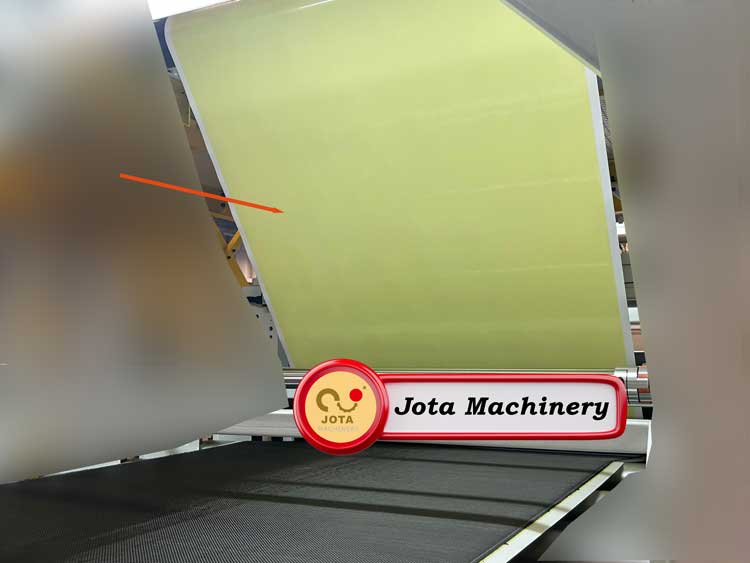
Despite decades of widespread promotion of thermoplastic plastics, the majority of aerospace composite materials remain thermosetting.
Thermosetting plastics are better suited for higher-temperature operating conditions because they have already irreversibly cured, and therefore do not melt or soften at high temperatures.
Thermosetting resins are also often cheaper than thermoplastic plastics and have traditionally been used to produce larger parts as they can be easily processed and cured in larger molds.
Compared to thermosetting plastics, the primary advantages of thermoplastic plastics are improved impact resistance, reversibility, and recyclability.
Thermoplastic composite materials have quicker processing times since they do not require curing, making them attractive for applications that involve high-volume production, such as the automotive and transportation industry, which traditionally used aluminum for lightweight manufacturing.
However, it is challenging to impregnate thermoplastic plastics with fibers because they must be heated above their melting point before softening, a process that typically requires specialized equipment and tools.

Thermoplastic plastics exhibit high fracture toughness, low flame, low smoke, and toxicity ratings, and can be stored at room temperature (whereas thermosetting plastics typically require refrigeration to prevent curing on the shelf).
In summary, the primary benefit of thermoplastic composite materials can be summarized as the “carbon fiber-to-weight ratio of aluminum.”
Thermoplastic Resins
Polyphenylene sulfide (PPS) is another popular thermoplastic resin known for its excellent mechanical properties, corrosion resistance, and inherent flame resistance.
It is commonly used as a matrix material for various high-performance composite materials.
The mechanical performance of carbon fiber-reinforced PPS composites is influenced by the carbon fiber content, with higher contents leading to a greater ability to withstand external loads.
Experimental results have shown that even under temperature differentials as high as 100°C, continuous carbon fiber-reinforced PPS composite materials maintain good stability in interlaminar shear strength (ILSS).
Polyether ether ketone (PEEK) boasts high rigidity, good dimensional stability, low linear expansion coefficient, and the ability to withstand significant stress.
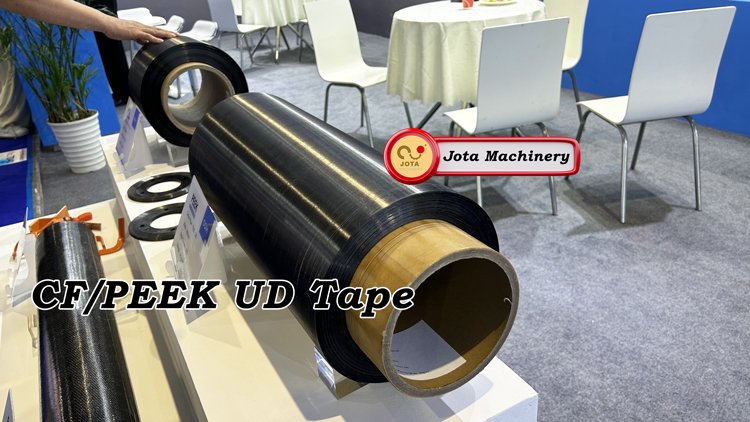
It doesn’t exhibit noticeable elongation over time, has a low density, excellent processability, and is suitable for components with high precision requirements.
Its mechanical performance remains largely unaffected in high-temperature environments.
When carbon fibers are incorporated as reinforcement, PEEK materials experience further improvements in strength, rigidity, and wear resistance, extending the service life of products.
Experimental results have shown that wear resistance of composite materials based on PEEK significantly improves when the carbon fiber content is between 25% and 30%.
Jota Machinery stands as a distinguished leader in the field of continuous fiber reinforced composites machinery manufacturing.
Our unwavering commitment to precision and innovation is reflected in our range of specialized solutions, including prepreg machines, uni-directional prepreg tape slitting and double belt press machine.
We understand the critical role that high-quality machinery plays in the composites industry.
Whether you’re working with thermoplastic or thermoset composites, our expertise and cutting-edge technology can make a substantial difference in your production processes.
For further insights into our offerings and how Jota Machinery can enhance your composites manufacturing, please don’t hesitate to reach out to us.
We’re here to provide the information and guidance you need to succeed in this dynamic industry.




